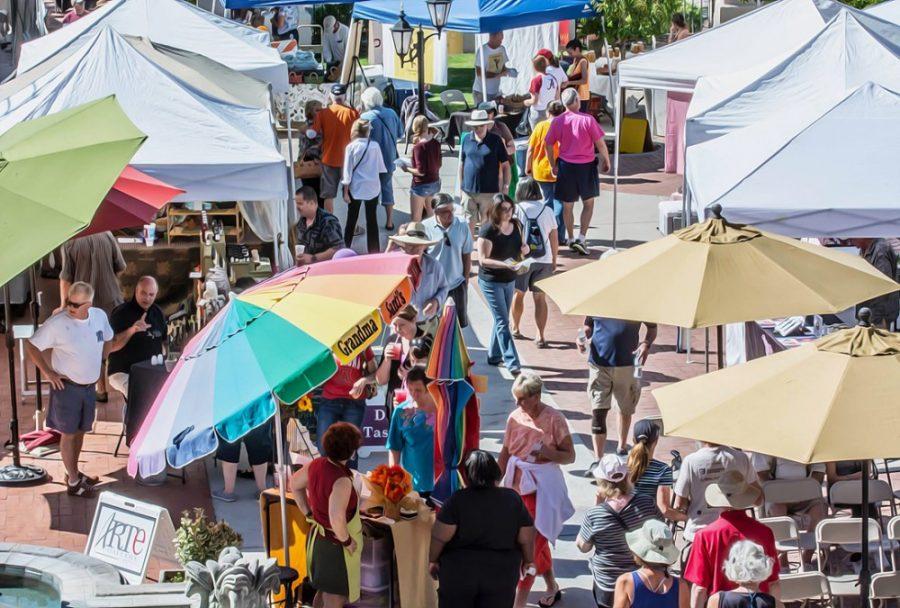For the first time in years, there will be a farmers’ market on the UA Mall. Over the past year, a concerted effort by a variety of clubs, organizations and individuals pushed to bring a convenient market to campus for students, faculty and the community.
“Originally, the idea of the [Main Campus Farmers’ Market] came a long time ago,” said Tyler Jensen, a controlled environment agriculture senior and president of the Controlled Environment Agriculture Student Association. “It’s a great idea to bring students and the community together.”
This isn’t the first time the UA had a farmers’ market on campus. The last one was active from 2006-2008 and ended because vendors weren’t able to sell enough. It was moved to Main Gate Square on University Boulevard but struggled with a lack of foot traffic.
CEASA worked with other clubs such as Students for Sustainability to make the market a reality and bring it back to campus.
The emphasis of the project was increasing student involvement, which was originally part of Associated Students of the University of Arizona Sen. Ellen Dunn’s campaign platform last year for a campus-based farmers’ market.
Dunn’s coordinating effort resulted in the formation of the Farmers Market Coalition, which consists of all the clubs that worked to bring the market to campus.
Dunn worked with the Student Union Memorial Center to make sure that the market doesn’t overstep any boundaries. She contacted Jason Tolliver, director of SUMC, and found that a farmers’ market was something he had wanted to do for some time. However, for Tolliver, there were too many hurdles that stood in the way of the endeavor — one being that “external vendors can only sell 16 or so times in a calendar year,” according to Dunn.
For the nascent farmers’ market, that means trouble.
Clayton Kammerer is a UA alumnus and the owner of FoodInRoot, the third party of the market’s partnership. Kammerer’s company manages the logistics of the market, such as risk management, social media and the vetting of market vendors.
“We haven’t overcome the hurdles yet,” he said regarding the difficulties of getting community vendors on campus on a regular basis.
Today’s farmers’ market is the first part of a pilot program to gauge interest in it, Kammerer said, as well as determine the frequency of visits, how often the market should meet, what vendors should be included and other ways to improve the market.
Vendors will sell a variety of goods, such as handcrafted chocolate, jerky, pretzels, organic popcorn and fresh produce.
“Maybe now, the time is right,” said Kammerer, who said he believes the operation could “potentially [become] the largest campus farmers’ market in the state.”
_______________
Follow Erik Kolsrud on Twitter.








